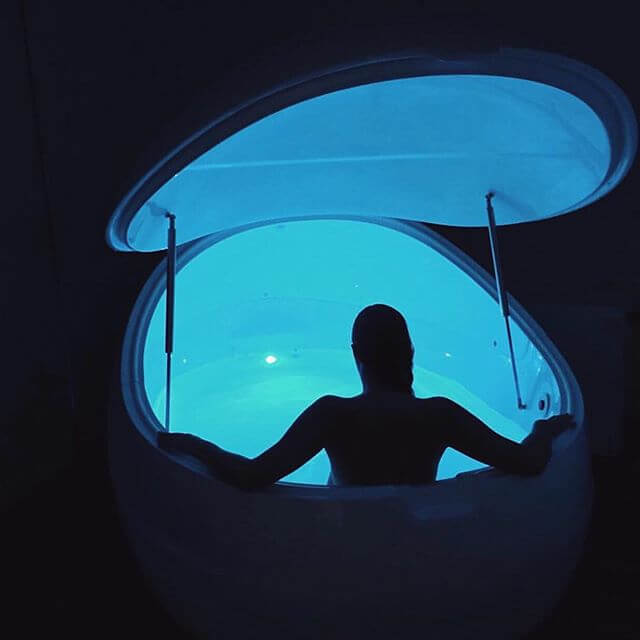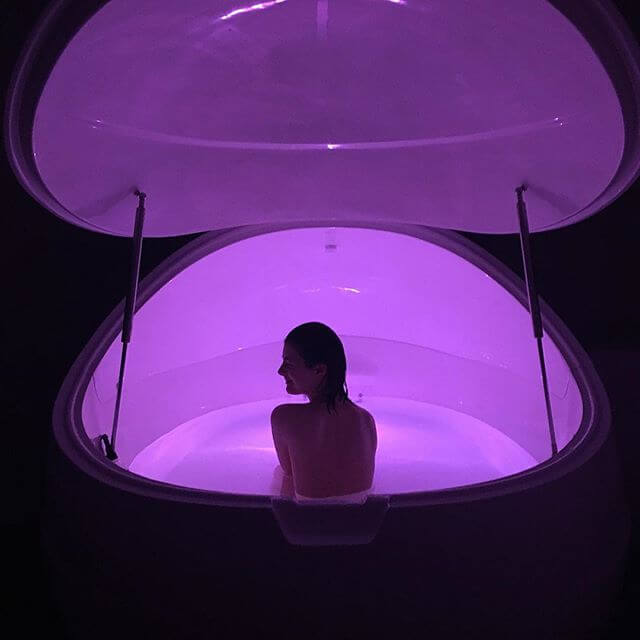

R.E.S.T or Floatation therapy which is what most people prefer to regard it as is actually NOT a new phenomenon based on the fact that floatation therapy has existed for nearly fifty years since it was first constructed rather crudely by Dr John C Lily way back in the 60s when the hippie era was evolving. The concept of floatation therapy back then was simply regarded as a ‘trippy’ pastime or something that only hippies and sci-fi geeks indulged in and was left at that.
However, the concept did not fade away because those who did indulge found it exhilarating, they found themselves to be able to concentrate better on work, be calmer, have better concentration and even sleep better during a time when chaos was the order of the day. Dr John Cunningham Lilly was an artful but brilliant physician apart from being a neuroscientist and as well as a psychoanalyst among other things. He was also an inventor and had an insatiable fixation on anything to do with neuroscience and inventions related to this field of study which many believe was the basis of his restricted environmental or sensory deprivation tank which he developed and perfected over the years on his own when his interests included the practice of meditation as the world passed into the psychedelic era head-on.
The good doctor actually was on the right path when he hypothesised that meditative states are not for those who practice meditation only and that meditative states can be induced if individuals are placed in the right kind of conditions and that they would have positive biological impacts on the human body.
Dr Lily’s experiments unofficial as it may be found that most of the subjects who went through floatation tank therapy in his crude REST machine enjoyed the experience and reported back to him indicating that they generally felt better, had better concentration and increased creativity levels due to the higher level of focus that they were able to conjure after the sessions. Other reported that their athletics performance went up a few notches after floating and some even indicated that their injuries related to sports healed much faster than what doctors had estimated. Over time, more people tried floatation therapy and although it was scoffed at by mainstream medical experts initially, the incessant reports on how well subjects were doing after sessions raised eyebrows and eventually the medical community and as well as scientists started looking into the matter and what they came to find astounded them.
Their astonishment grew even larger when new equipment allowed them to scan and monitor brain activity over the last two decades as what they came to find was thought to be impossible. Subjects managed to quiet down their minds that only those with years of meditation experience were able to achieve. The direct result of this was the fact that the brain had ‘leftover’ processing power which otherwise would be engaged with external stimuli and hence it was absent, the brain naturally redirected all that processing power towards resetting bodily functions and chemical balances, akin to optimising an automobile’s engine by fine tuning valves and timing sequences.
Currently researchers, medical professionals and scientists are looking at floatation therapy as almost a new medical wonder and are still in the process of uncovering more about it due to its positive health implications without having any known side effects. This has been the driving factor behind the sudden surge in floatation therapy at health spas at affordable prices.
Most people believe that floatation therapy is cheap based on the enormous positive returns that they are able to derive from it.